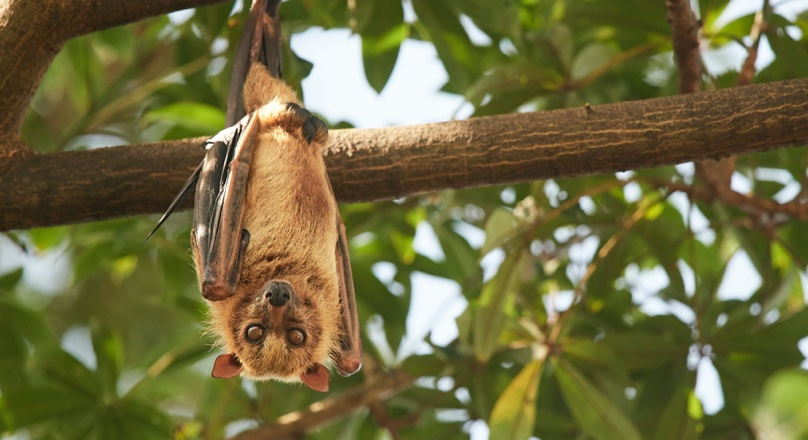Results for ""
Did you know that communication between bats is more complex than we imagine? They argue over food, distinguish between genders and have individual names or 'signature calls'. We could not have gained this knowledge if it wasn't for AI.
Theories on animal communications are numerous. In animal communication, natural selection favours callers who vocalize to affect the behavior of listeners and listeners who acquire information from vocalizations, using this information to represent their environment. The acquisition of information in the wild is similar to learning in laboratory conditioning experiments. It also has some parallels with language.
Captive chimpanzees understand English as well as a 2-year-old human. They even use signs from human language. Dolphins jointly coordinate their actions to open containers and perform novel tricks. A parrot can reliably report the number or color of an item. Prairie dogs sound the alarm that a tall human wearing white is approaching fast!
The dichotomous view that animal signals must be either referential or emotional is false because they can easily be both: The mechanisms that cause a signaler to vocalize do not limit a listener's ability to extract information from the call. Most animals' inability to recognize others' mental states distinguishes animal communication most clearly from human language. Whereas signalers may vocalize to change a listener's behavior, they do not call to inform others. Listeners acquire information from signalers who do not, in the human sense, intend to provide it.
AI for bat communication
What is the information conveyed in animal communication? This is a question that we humans are curious about. Knowing what your pet babies are trying to tell you would be nice. Even without understanding their language, with mannerisms and change in tone, we humans try to analyze the message hidden in each animal's voice.
Scientists are harnessing the power of AI to decode animal language. Researchers in Israel are closer than ever to making two-way communication with another species by using AI to understand the language of bats.
In a BBC video, Professor Yossi Yovel of Tel Aviv University remarked that he had always dreamt of a Dolittle machine that would allow him to talk with animals.
The researchers found what they call a 'secret kingdom of bats' near one of the highways in Israel. The open colony under study is unique as the bats roost in the colony but are free. The unique lab conditions allow scientists to examine bats from the day they are born.
The researchers monitor the bats around the clock. All the recording gadgets are covered with foam making the recordings perfect for acoustics. The University of Tel Aviv team created an extensive database of bat noises and videos, teaching AI how to differentiate between the different sounds.
Dr. Dolittle machine
They spent days recording both audio and video footage of bats. Various bat noises, specific for feeding and mating, can now be successfully differentiated with the algorithm they developed.
The team trained a voice-recognition program to analyze bat sounds. The algorithm then matches the sound with specific social interactions captured on film.
The team is now looking at long-term social interaction between bats in the lab, so they can place the recorder in the room where the bats interact and automatically detect what they are interacting about.
The scientists hope to build a Dr. Dolittle machine using AI that will aid humans in communicating with animals.
Sources of Article
BBC






